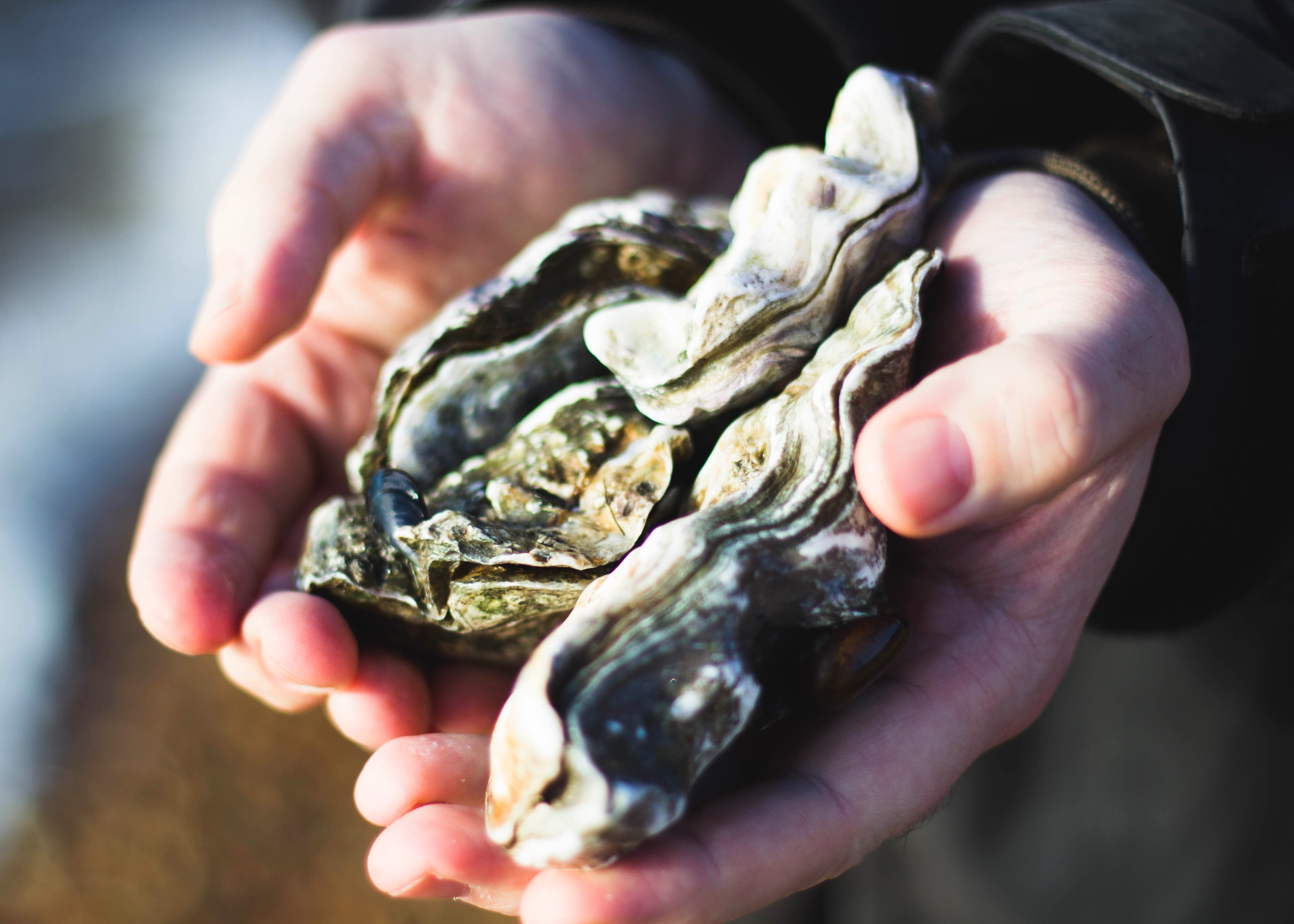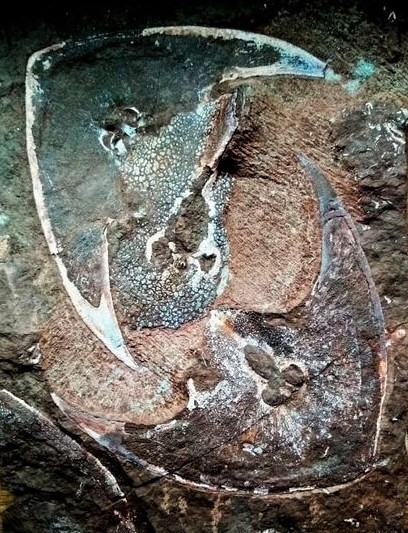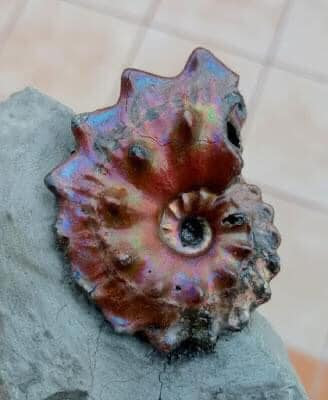 First Nation Shell Middens And True Oysters
First Nation Shell Middens And True OystersOne of the now rare species of oysters in the Pacific Northwest is the Olympia oyster, Ostrea lurida...
 Zenaspis: Lower Devonian Bony Fish Of Podolia, Ukraine
Zenaspis: Lower Devonian Bony Fish Of Podolia, UkraineA Devonian bony fish mortality plate showing a lower shield of Zenaspis podolica (Lankester, 1869)...
 Oil in Water Beauty: Euhoplites of Folkstone
Oil in Water Beauty: Euhoplites of FolkstoneSheer beauty — a beautiful Euhoplites ammonite from Folkstone, UK. These lovelies have a pleasing...
 Carnotaurus sastrei: Flesh Eating Bull
Carnotaurus sastrei: Flesh Eating BullCarnotaurus sastrei, a genus of large theropod dinosaurs that roamed the southern tip of Argentina...





 When there are more free radicals present than can be kept in balance by antioxidants, the free radicals can start doing damage to fatty tissue, DNA, and proteins in your body.
When there are more free radicals present than can be kept in balance by antioxidants, the free radicals can start doing damage to fatty tissue, DNA, and proteins in your body.




 The Miocene pillow basalts from the Lake Roosevelt National Recreation Area of central Washington hold an unlikely fossil mold of a small rhinoceros, preserved by sheer chance as it's bloated carcass sunk to the bottom of a shallow pool or lake just prior to a volcanic explosion. We've known about this gem for a long while now. The fossil was discovered by hikers back in 1935 and later cast by University of California paleontologists in 1948.
The Miocene pillow basalts from the Lake Roosevelt National Recreation Area of central Washington hold an unlikely fossil mold of a small rhinoceros, preserved by sheer chance as it's bloated carcass sunk to the bottom of a shallow pool or lake just prior to a volcanic explosion. We've known about this gem for a long while now. The fossil was discovered by hikers back in 1935 and later cast by University of California paleontologists in 1948. 




